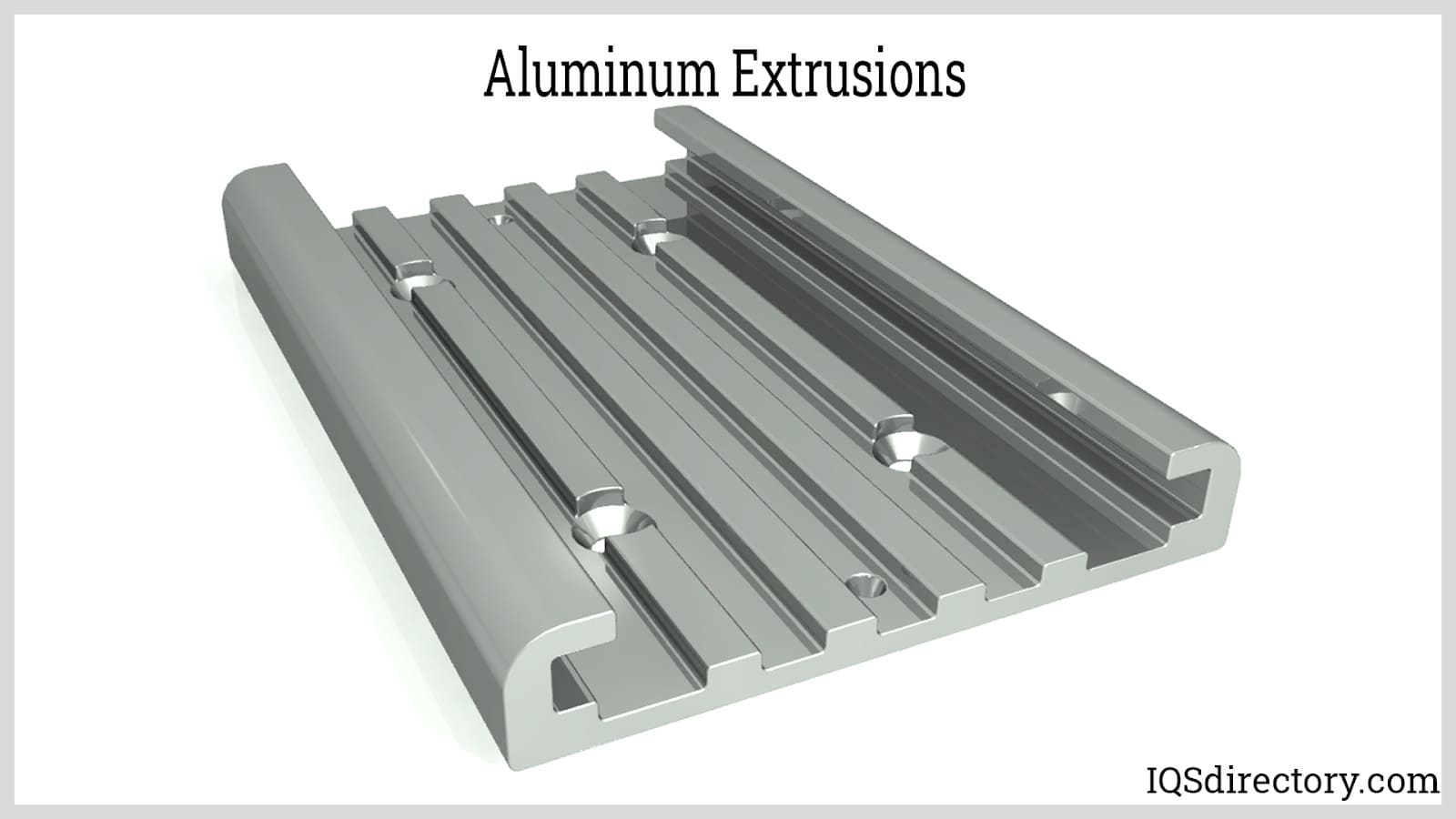
Aluminum metal casting is a fascinating process that has been used for centuries to create a wide range of products. From automotive parts to intricate sculptures, aluminum casting is a versatile and cost-effective method of manufacturing. In this article, we will explore the secrets of aluminum metal casting, including its history, the process involved, and the benefits it offers.
The History of Aluminum Metal Casting
Aluminum casting has a long and rich history that dates back to ancient times. The earliest evidence of aluminum casting can be traced back to 2500 BC in ancient Mesopotamia, where artisans used a process known as lost wax casting to create intricate jewelry and small figurines. Over the centuries, aluminum casting techniques evolved and spread to different parts of the world, eventually becoming a widely used method of metalwork.
Key points about the history of aluminum metal casting:
- Aluminum casting has been used for over 4000 years.
- Ancient civilizations like the Egyptians and Greeks were known to have used aluminum casting techniques.
- The Industrial Revolution in the 19th century saw a significant advancement in aluminum casting technology.
The Process of Aluminum Metal Casting
The process of aluminum metal casting involves several steps that are carefully executed to ensure the quality and precision of the final product. The basic steps of aluminum casting include pattern making, mold preparation, melting and pouring, cooling, and finishing. Let's take a closer look at each step:
Steps involved in aluminum metal casting:
- Pattern making: The first step in the casting process is to create a pattern of the desired object using materials like wood, plastic, or metal.
- Mold preparation: A mold is created by packing sand or other materials around the pattern to form a cavity that will be filled with molten aluminum.
- Melting and pouring: Aluminum is melted in a furnace at high temperatures and then poured into the mold cavity.
- Cooling: The molten aluminum is allowed to cool and solidify within the mold, taking the shape of the pattern.
- Finishing: Once the aluminum has cooled and solidified, the casting is removed from the mold and any excess material is trimmed off. The final product may undergo additional finishing processes like machining, polishing, or painting.
The Benefits of Aluminum Metal Casting
Aluminum metal casting offers a wide range of benefits that make it a preferred manufacturing method for many industries. The lightweight and durable nature of aluminum, combined with the flexibility of the casting process, allows for the production of complex shapes and designs that may be difficult or costly to achieve with other materials. Here are some key benefits of aluminum metal casting:
Advantages of aluminum metal casting:
- Lightweight: Aluminum is a lightweight metal, making it ideal for applications where weight is a concern, such as in the automotive and aerospace industries.
- High strength-to-weight ratio: Despite its lightweight nature, aluminum is a strong and durable metal that can withstand high temperatures and harsh environments.
- Corrosion resistance: Aluminum has a natural resistance to corrosion, which makes it suitable for outdoor and marine applications.
- Recyclability: Aluminum is a highly recyclable material, making it an environmentally friendly choice for manufacturers looking to reduce their carbon footprint.
Conclusion
Aluminum metal casting is a time-honored process that continues to be a popular choice for manufacturers around the world. With its rich history, versatile applications, and numerous benefits, aluminum casting remains a cornerstone of the metalworking industry. Whether you're looking to create a custom piece of jewelry or a high-performance automotive part, aluminum casting offers endless possibilities for creativity and innovation.
